Creating a detailed CA plant hardiness map
us_marine
14 years ago
Related Stories

CONTAINER GARDENS3 Steps to Creating Quick, Easy and Colorful Succulent Containers
Take a bright container, add a colorful succulent or two and have a professional, summery design in minutes
Full Story
GARDENING GUIDES6 Steps to Creating Your Butterfly Garden
Encourage these fanciful winged beauties to visit your garden while helping restore their fragmented habitat
Full Story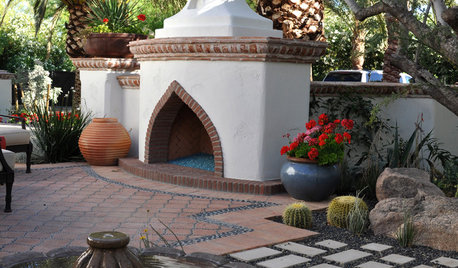
GARDENING GUIDESCreate a Fire-Safe Garden — With Style
Defend your home against wildfire with a well-planned mix of plants, materials and open space
Full Story
GARDENING GUIDESHow to Find the Right Native Plants for Your Yard
Find plant maps, sale sites and guides that make going native in the garden easier than ever
Full Story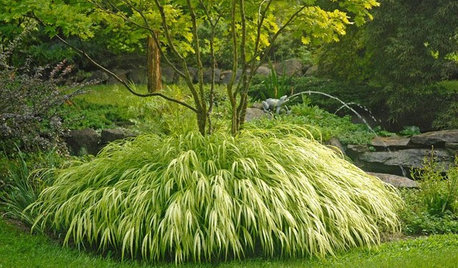
PRODUCT PICKSGuest Picks: 20 Gorgeous Perennials to Plant Now
Take advantage of warm spring weather to create a colorful garden with blooming plants, succulents and ornamental grasses
Full Story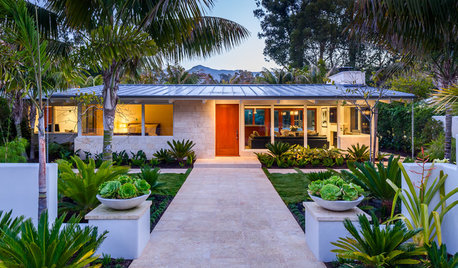
REMODELING GUIDESSo You Want to Build: 7 Steps to Creating a New Home
Get the house you envision — and even enjoy the process — by following this architect's guide to building a new home
Full Story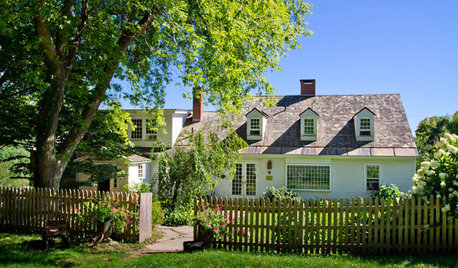
LIFECreate a 'Forever House' Connection
Making beautiful memories and embracing your space can help you feel happy in your home — even if you know you'll move one day
Full Story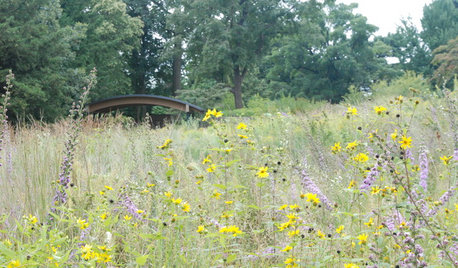
GARDENING GUIDESHow to Find the Right Plants for Your Garden
Break free from choosing plants by cold-hardiness zones for a beautiful landscape that thrives year-round
Full Story
DECORATING GUIDESOpen House: Designers Create Uplifting Sanctuaries
Good Shepherd Charity Project creates welcoming, multi-functional living spaces for women and children in transition
Full Story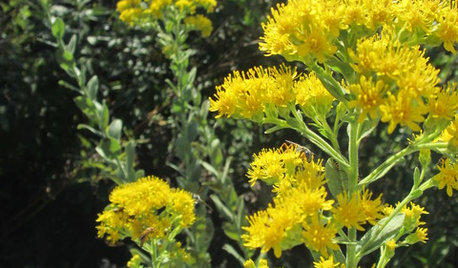
FALL GARDENINGGreat Design Plant: Oligoneuron Rigidum Brightens Fall Gardens
Create a pollinator feeding ground with this cheery, fuss-free goldenrod, formerly known as Solidago rigida, native to much of the U.S.
Full Story


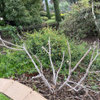
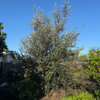
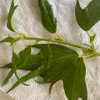
gobluedjm 9/18 CA
us_marineOriginal Author
Related Discussions
New Plant Hardiness Zone Map published today (1/25)
Q
USDA zone hardiness map
Q
Draft 2003 USDA Hardiness Map - new Tropical Zones
Q
New USDA Plant Hardiness Zone Map
Q
gobluedjm 9/18 CA
bahia
us_marineOriginal Author
hoovb zone 9 sunset 23
bahia
Dick_Sonia
dicot
us_marineOriginal Author
helenawall
kristincarol
jakkom
kristincarol
wanda
Dan _Staley (5b Sunset 2B AHS 7)